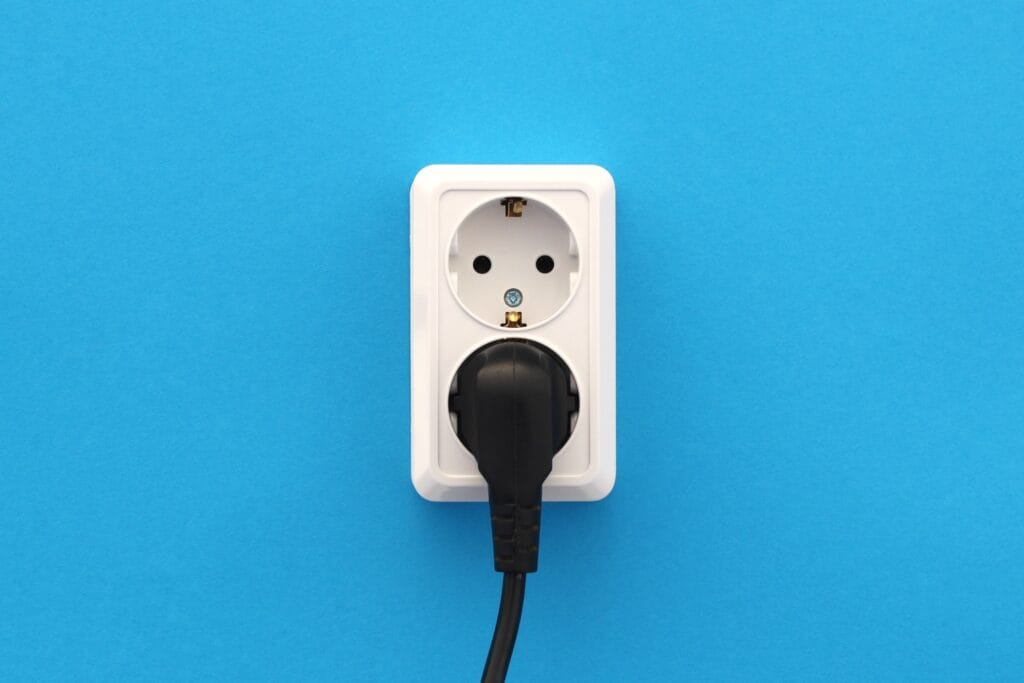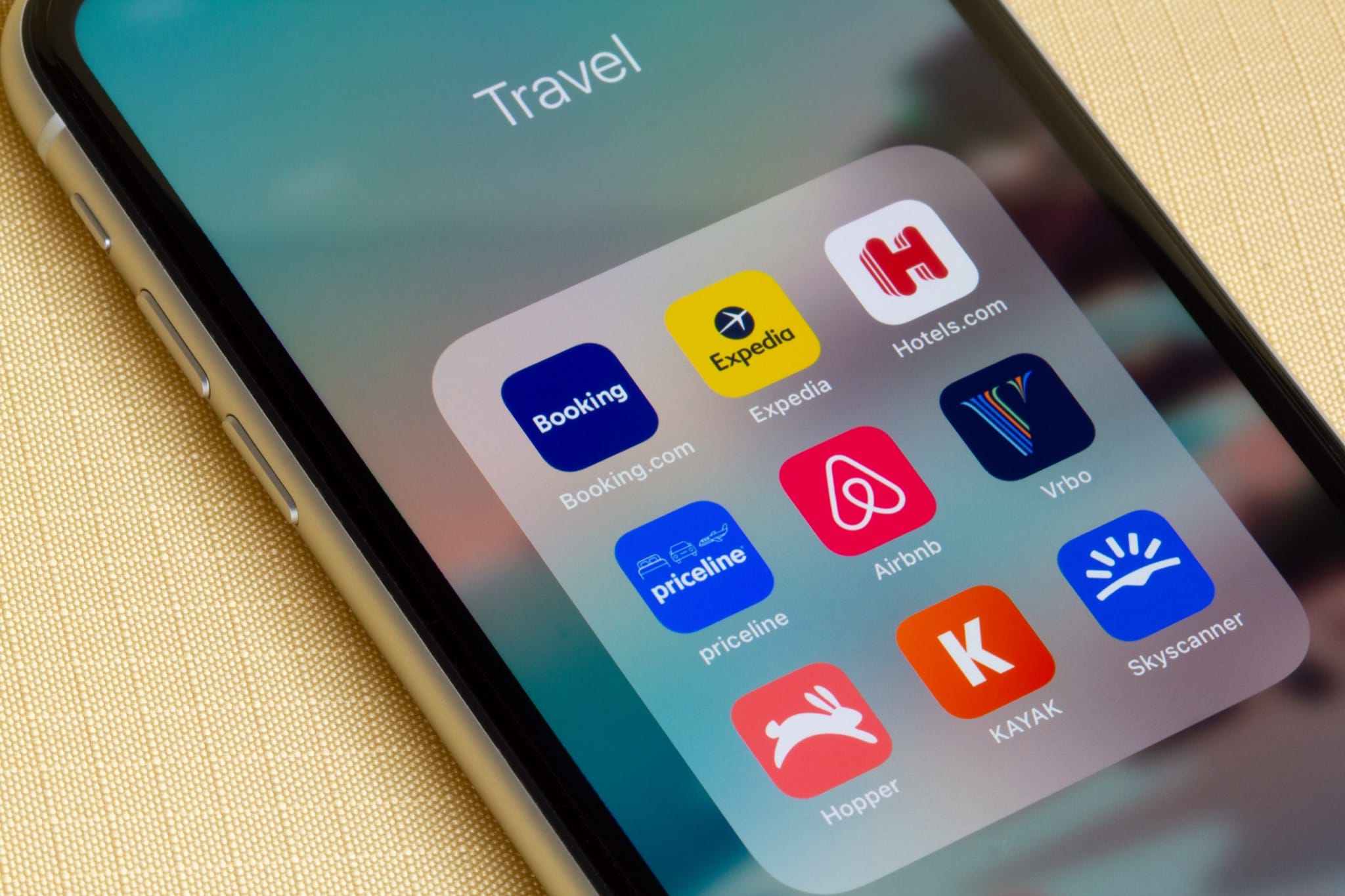Prepare for your trip to Italy to avoid all surprises. Don’t land in Rome with your phone battery dead and no way to charge it.
Electricity and plug standards vary worldwide. While European plugs are fairly consistent, they may differ from what you have at home. This info is specific to Italy.
You will take away the information you need to ensure you can bring your electronics with you when you travel—phones, hairdryers, and cameras and make sure you have enough juice when you need it.
Overview:
- You need a plug adapter way more often than you need a voltage converter.
- Modern Italy uses two plug types – very old buildings might still have a non-standard one, but it is unlikely to be the only outlet in the room.
- Plug adapters are simple and just allow you to plug your equipment in.
- Many devices (especially electronics) work in both Italy and North America.
- Hairdryers and similar appliances are less likely to be dual voltage.
- You need a converter if your appliance does not cover the required voltage range.
- ALWAYS CHECK THE LABEL on the device before you plug it in abroad.
Adapter or Converter
Let’s get some terminology out of the way.
- A Travel Adapter is a small device that changes the plug shape so that it fits into Italian wall outlets.
- A Voltage Converter is a slightly larger device that adjusts the voltage from the wall socket to match your appliance’s needs.
Most people know they need a plug adapter when they visit Italy, but do you need a converter as well? That depends on your device. I will get to that.
Italy vs. US – Plug Types

If you have an Italian plug, you don’t need a travel adapter. Most European plugs are the same.
Italy primarily uses Type C, F, and L plugs and outlets. Types C and F are standard across Europe, but Type L is unique to Italy. Most modern buildings have Type C/F sockets, but older places may still have some Type L outlets.
The US, Canada, and some other countries use Type A and B plugs, which do not fit into Italian outlets.
If your plug doesn’t fit, you need an adapter. These are easy to find online. Just ensure the adapter is designed for your travel direction (e.g., US to Italy/Europe, not the other way around). The other way is for those of us coming from Europe to visit you.
Adapters are lightweight and easy to carry. If you travel frequently to multiple destinations, consider a universal adapter. It’s slightly heavier but works in many countries.
If you travel with multiple electronics, consider bringing a power strip. Plug your power strip into the wall with a single adapter and use all your devices as you would at home.
Do I need a Travel Adapter or a Converter in Italy?
That was the easy part. But don’t plug anything in yet!
There is one major difference between North American and Italian electrical systems.
Italy (and the rest of Europe) uses 230 Volts (often labeled 220V-240V). The US and Canada use 120 Volts (typically 110V-120V).
This difference can cause devices to overheat, but there’s a simple fix.
Most electronic items – phones, computers, and cameras – are not affected.
Simple electrical appliances, like hairdryers and curling irons, can overheat or fail to work correctly.
If your device only supports 110V – 120V, you need a voltage converter.
When Do I Need a Travel Converter in Italy?
How do you know if you need a converter during your trip to Italy?
Check the label on your device (usually on the charger or body). It will say something like:
- Input: 100-240V 50/60Hz → Works in both North America and Italy (no converter needed).
- Input: 110-120V 60Hz → Only works in North America (converter required for Italy).
Phones, laptops, and camera battery chargers often support a wide voltage range (100-240V), so they don’t need a converter – just an adapter for the plug.
There is a sticker or label on every device, normally on the underneath. Apple, for example, embosses voltage information directly onto the chargers.
On the other hand, appliances with motors or heating elements – like hairdryers and curling irons – are less likely to be dual voltage. Always check before you travel.
Some hairdryers and straighteners have a voltage switch, allowing them to work in both North America and Europe. My suggestion is to not worry about it and just use the hotel’s hairdryer.
What Electronics Need a Travel Converter?
Common travel electronics include:
- Phone
- Camera (battery charger)
- Laptop
- Hairdryer
- Hair straightener
- CPAP machine
Among these, hairdryers and straighteners are most likely to need a converter. Other devices probably won’t – but always check the voltage label.
On phones, the label is typically found on the charger, not the phone itself.
How to Use a Travel Converter in Italy
A voltage converter adjusts the power from 230V (Italy) to 120V (North America). It’s a small box with built-in electronics that safely transforms the voltage for your appliance.
Converters are easy to find online. Just ensure you get the correct type for your destination (North American to Italy, not the other way around).
For most travelers, converters are unnecessary – Australia, South Africa, and Argentina all use the 220-240V standard, so devices from those regions don’t require a converter.
However, North America, Japan, and Taiwan use 110V-120V, meaning a voltage converter will most likely be needed, Though, as mentioned, this depends on your appliance.
Summary
Do you need an adapter? Yes, most likely.
Do you need a converter? Probably not.
ALWAYS CHECK THE LABEL on your device before plugging it in abroad.
What did we learn?
- Most electronics can be used worldwide with a plug adapter.
- Check the voltage label to see if your device supports 100 – 240V.
- If your device only supports 110 – 120V, you need a converter.
- If your plug doesn’t fit the Italian socket, you need an adapter.
- If you travel frequently, a universal adapter is a smart investment.
If you do burn out your hairdryer in Italy, don’t worry – local pharmacies and electronics stores sell affordable replacements. Traveling light is always a good idea, so use the one from your accommodation.
Now that you know how to use your phone in Italy, check out my classic Italy itinerary for 10 days.

